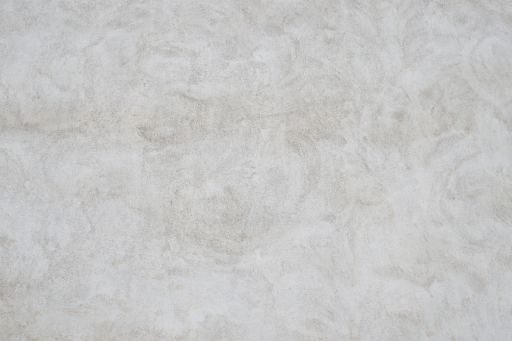The Buddha identifies the origin of dukkha as tanha, often translated as “craving” or “thirst.” He says: “It is this craving which leads to renewed existence, accompanied by delight and lust, seeking delight here and there; that is, craving for sensual pleasures, craving for existence, craving for non-existence.” That’s a mouthful, but it’s precise. Craving isn’t just wanting a snack—it’s a deep, compulsive pull that keeps us tangled in suffering.
There are three flavors of this craving:
- Craving for sensual pleasures (kama-tanha): This is chasing after sights, sounds, tastes, touches—think scrolling social media for likes, bingeing a show, or obsessing over that perfect coffee. It’s not the pleasure itself that’s the problem; it’s the clinging, the “I need this to be happy.”
- Craving for existence (bhava-tanha): This is the thirst to be—to solidify our identity, to keep going, to achieve. It’s the voice saying, “I’ve got to make my mark,” or “I need to be someone.” Even spiritual goals can twist into this if we’re craving enlightenment like it’s a trophy.
- Craving for non-existence (vibhava-tanha): This is wanting to check out—wishing problems, or even ourselves, would just disappear. “If I could just sleep forever,” or “If this pain would end.” It’s craving escape.
These aren’t casual wants—they’re a grasping that distorts how we see the world. The Buddha’s saying: dukkha doesn’t come from life itself, but from how we latch onto it.
The Mechanism: Why Craving Hurts
Craving sounds innocent—don’t we all want nice things? But it’s a trap because it’s built on a lie: that satisfaction is permanent. Take a modern example: you crave a new gadget. You get it, and for a day, you’re thrilled. Then the shine fades—maybe it’s not fast enough, or someone else has a better one. That’s dukkha creeping back. Why? Because craving assumes things should stay perfect, but they don’t. Everything’s impermanent—anicca—and when we cling to what’s fleeting, we’re set up to fall.
It’s deeper still. Craving feeds on ignorance (avijja), not seeing reality as it is. We think, “If I just get this, I’ll be whole.” But the Buddha says no external thing can fill that gap—it’s the craving itself that’s punching the hole. And it’s tied to our sense of self. We crave to prop up this “me” that’s always needing something more.
A Chain Reaction: The Twelve Links
This truth ties into dependent origination (paticcasamuppada), a map of how suffering unfolds. Craving is a key link, but it’s not alone—it’s fueled by ignorance and leads to clinging (upadana), which births more becoming, more suffering. Picture a cycle: you crave approval, cling to what others think, and suffer when it’s not there. Break the craving, and the chain weakens.
Our Task: Letting Go
The Buddha’s instruction here is to abandon craving—not suppress it, not judge it, but release it. That’s tricky because craving feels like us—it’s wired into habits. Today, February 22, 2025, you might crave a distraction from bad news or a dopamine hit from a viral post. The task isn’t to hate yourself for it—it’s to see it. Notice: “Oh, there’s craving again. What’s it chasing?” This isn’t about never wanting anything; it’s about not being owned by the want.
A Modern Spin
Think about your day. Maybe you’re craving a quiet weekend, but the world’s loud—notifications, obligations. The suffering isn’t the noise; it’s the “Why can’t it be different?” Or maybe you’re craving a better future—less chaos, more control. On X, people post about wanting peace, justice, or just a break. That’s tanha in action. The Second Noble Truth says: look at that urge. It’s not the lack of peace hurting you—it’s the grasping for it when it’s not here.
Reflection
This truth is liberating because it puts the reins in our hands. Suffering’s not some external curse; it’s a pattern we can interrupt. Where’s craving tugging at you right now? Maybe it’s subtle—a itch for comfort—or loud, like frustration with life’s messiness. The Buddha’s invitation is to watch it without feeding it. He’s not promising a craving-free life overnight, but he’s saying: understand this, and you’re on the path.
What do you see when you look at your own tanha today? Does this lens shift anything for you?

